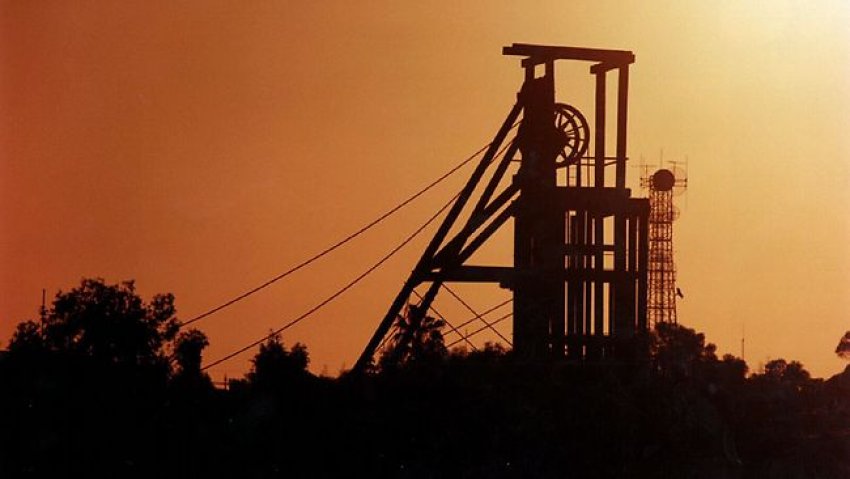
In February the Reserve Bank of Australia (RBA) reduced the cash rate to 2.25%, a rate it then maintained at its March meeting.
While there has been a great deal of commentary on this in the mainstream press, especially in the Australian Financial Review, the left press (for lack of a better term) has been stunningly silent.
This is a deplorable situation. Central banks are a key component of contemporary states and money is the essential element of capitalist society. We need to understand why the RBA is behaving this way.
The reduction of the cash rate is a reduction in the rate of interest the RBA charges commercial banks for overnight loans. As well as the technical element of the reduction in the cash rate, it also works as a signal to the market to shape the ways that investors and borrowers behave — indeed, the Australian stock market rose on just the possibility of a further drop in the rate in March.
The reduction of the cash rate has two interrelated purposes. By making it cheaper for banks to borrow, the RBA is hoping that they will lend at a lower rate, potentially raising the amount of money borrowed by businesses and households and leading to a rise in investment and spending.
Second, since a rise in lending is a rise in the amount of debt and also a signal that the bank is taking this action due to tough economic conditions, it is possible that the value of the Australian dollar will be reduced and thus Australian exports will be cheaper and more competitive internationally.
Why are they doing this? As the RBA has detailed in its Statement on Monetary Policy, the outlook for capitalism in Australia is grim. The mining boom is well and truly over. For twenty years Australia exported resource commodities, largely to China, which used them in its export-led industrialisation.
But, since 2007 the demand in the North for the commodities of the South has dropped. China has kept its economy growing at astounding rates largely through an increase in debt-financed infrastructure and real estate investment, but even this is fading — and a terrifying amount of public and private debt has been accumulated. Thus demand for resource commodities is falling at the same time that their supply has increased.
This has led to a dramatic collapse in resource prices. For example, the spot price for iron ore has fallen 50% in the past year and more than 60% from its historical high.
We can debate the systemic and underlying causes of the global financial crisis, but its most obvious impact in Australia is the collapse in mineral prices caused by increased supply in the context of dwindling demand.
The RBA expects Australia to see lower growth, lower profits, lower wages growth, lower revenues for the government and increased unemployment.
I would go further. The entire model of capital accumulation in Australia has run aground. The weird situation that saw the share of income going to capital rise, while household incomes, access to credit and consumption also rose, is losing its material basis. The class deal of the past 20 years is beginning to dissipate.
There is no obvious link between the political crisis and the RBA’s decision, but it is happening at the same time as the plan to stimulate demand in Australia by selling state-owned assets and recycling them into infrastructure has hit a dead end.
Federally, the asset recycling legislation hasn’t made it through the Senate, and after the Queensland election, the privatising or leasing of assets looks like electoral death.
Popular opposition to major road construction in Melbourne and Sydney is causing more than a few headaches. It does appear that since this option for state fiscal stimulation is jammed, increased importance is given to the monetary activity of the central bank.
It is, of course, not even close to guaranteed that the actions of the RBA will work. Due to a global trend for soft and accommodative monetary policy — quantitative easing, low and sometimes even negative interest rates — the world is awash with cheap money. It is also unclear whether business will take this moment to borrow to invest or if all this cheap money will mainly be spent in financial speculation. It is also unclear whether workers will take the opportunity to increase their debt, and if they do whether it will just inflate prices, especially in housing.
What does all this mean for us individually and as a class? The boom is over and we have to get ready for what comes next. The main strategy for capital accumulation is blocked, in no small part by — largely passive, but felt — social opposition.
The strategy pursued by the RBA to stimulate the economy through an expansion of private debt is far from guaranteed and its result would leave us further in debt. A drop in the value of the Australian dollar is, for most of us, effectively a drop in the value of our wages on an international level. Internet purchases, imports and travel will all be more expensive.
We must ask, what kinds of collective responses can we start to develop to assert our dignity in these times and how can they connect with the path out of capitalism?